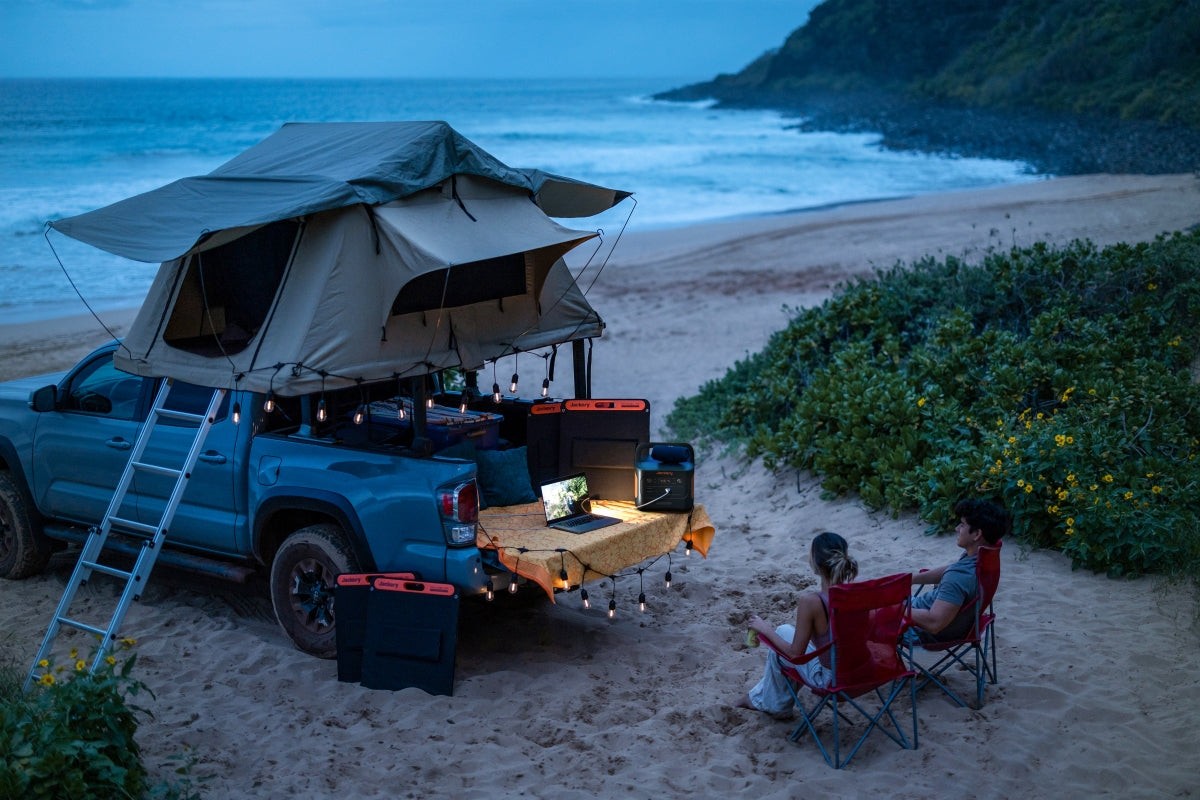Understanding how much power a TV uses is essential for managing your energy consumption and reducing your electricity bill. The power consumption of a TV varies significantly depending on several factors, including the type of TV, its size, and how often you use it. This guide will provide a detailed overview of TV power consumption, covering different TV types, sizes, and practical tips for saving energy.
TV Power Consumption by Type
Different TV technologies have varying power consumption rates. Here’s a breakdown:
- CRT TVs (Cathode Ray Tube): These older models are less energy-efficient, consuming up to 120 watts. While they are still used by some for gaming due to their low input lag, their energy consumption is considerably higher than modern TVs.
- Plasma TVs: Known for their excellent contrast ratios and viewing angles, plasma TVs use more power, averaging around 500 watts. They utilize tiny gas pockets that light up when voltage is applied.
- LCD TVs (Liquid Crystal Display): LCDs offer a balance between picture quality and power efficiency, typically consuming between 70 and 200 watts. They use cold-cathode fluorescent lamps for backlighting.
- LED TVs (Light Emitting Diode): LED TVs are generally more energy-efficient than LCDs, despite using similar technology. They utilize light-emitting diodes and are a popular choice for those looking to save on energy costs.
- OLED TVs (Organic Light Emitting Diode): As a newer technology, OLED TVs use organic light-emitting diodes, providing excellent picture quality. However, they tend to use slightly more power than LED TVs.
TV Power Consumption Chart by Size and Type
The following table provides a detailed comparison of power consumption based on screen size and TV type:
| Screen Size (Inches) | LED TV Watts | OLED TV Watts | LCD TV Watts | CRT TV Watts | Plasma TV Watts |
|---|---|---|---|---|---|
| 15 inch TV | 15 | NA | 18 | 65 | NA |
| 17 inch TV | 18 | NA | 20 | 75 | NA |
| 19 inch TV | 20 | NA | 22 | 80 | NA |
| 20 inch TV | 24 | NA | 26 | 90 | NA |
| 21 inch TV | 26 | NA | 30 | 100 | NA |
| 22 inch TV | 30 | NA | 40 | 110 | NA |
| 24 inch TV | 35 | NA | 50 | 120 | NA |
| 30 inch TV | 38 | NA | 60 | NA | 150 |
| 32 inch TV | 41 | NA | 70 | NA | 160 |
| 37 inch TV | 44 | 66 | 80 | NA | 180 |
| 40 inch TV | 50 | 72 | 100 | NA | 200 |
| 42 inch TV | 57 | 75 | 120 | NA | 220 |
| 50 inch TV | 72 | 89 | 150 | NA | 300 |
| 55 inch TV | 80 | 98 | 180 | NA | 370 |
| 60 inch TV | 88 | 107 | 200 | NA | 500 |



Hourly Power Usage by TV Type
To further understand How Much Power Does A Tv Use per hour, here’s a table summarizing the hourly wattage consumption of different TV types:
| Type of TV | Power Usage (Watts) |
|---|---|
| OLED (Organic Light Emitting Diode) | 50-200 W Per Hour |
| CRT (Cathode Ray Tube) | 60-150 W Per Hour |
| Plasma | 100-300 W Per Hour |
| LED (Light Emitting Diode) | 30-100 W Per Hour |
| LCD (Liquid Crystal Display) | 50-150 W Per Hour |
Specific TV Sizes and Their Power Consumption
32-Inch TVs
32-inch TVs are popular for their affordability and compact size. How many watts does a 32-inch TV use? It depends on the type:
- LED: 30-55 watts
- OLED: 55-60 watts
- LCD: 50-85 watts
- CRT: 150-200 watts
55-Inch TVs
55-inch TVs are increasingly popular for home entertainment. How many watts does a 55-inch TV use? Again, it varies by type:
- LED: 60-90 watts
- OLED: 105-110 watts
Flat Screen TVs
Modern flat-screen TVs, typically LED or LCD, generally consume between 50 and 150 watts, depending on the size and model.
Volts and Amps
TVs in the US typically use 120-volt outlets. To calculate the amperage, use the formula:
Amps = Watts / Volts
For example, a TV consuming 164 watts would draw approximately 1.37 amps (164W / 120V = 1.37 amps).
Monthly Electricity Consumption
To estimate how much electricity does a TV use per month, consider a TV drawing 100 watts used for 2 hours per day:
- Daily consumption: 100 watts * 2 hours = 200 watt-hours
- Monthly consumption: 200 watt-hours/day * 30 days = 6,000 watt-hours or 6 kWh
If the TV is used for 3 hours per day, the monthly consumption would be 9.1 kWh.
A Jackery Solar Generator 3000 Pro, an excellent alternative energy source for powering your TV.
Factors Affecting TV Wattage
Several factors influence the power consumption of a TV:
- Type of TV: Modern LED TVs are more energy-efficient than older models. Energy Star-certified TVs are about 25% more efficient.
- TV Age: Older TVs, like CRT models, consume more power than newer, energy-efficient models.
- Size of TV: Larger TVs require more energy. A 65-inch TV will typically use more power than a 48-inch TV. For example, a 48-inch TV might use 80 watts, while a 65-inch TV use nearly 115 watts.
- TV Usage: The more you use the TV, the more energy it consumes.
- Vampire Power: This refers to the energy a device uses when turned off but still plugged in. TVs can consume up to 5% of their usual power consumption in standby mode.
Determining TV Power Consumption
Most modern TVs have an Energy Star rating and consume around 150 watts. You can find the power consumption information on the back panel of the TV. If not available, multiply the maximum voltage and amperage to determine the wattage.
Formula: Watts = Voltage × Amperage
To calculate daily power consumption:
Formula: Watts of TV × Hours Used = Power Consumption
For example, a 150-watt TV used for 3 hours per day consumes 450Wh per day.
Saving Energy with Solar Generators
Given that many Americans spend significant time watching TV, investing in a solar generator can be a cost-effective way to reduce electricity bills. Solar generators convert solar energy into electricity, providing a sustainable power source.
Jackery Solar Generator Options
Jackery offers several solar generator options suitable for powering TVs and other appliances:
-
Jackery Solar Generator 3000 Pro: Ideal for charging most household appliances, including large TVs.
- TV (50W): 51.4 hours
- Large TV (200W): 12.8 hours
- Projector (100W): 25.7 hours
- LED lights (5W): 514 hours
- Smart Speaker (20W): 128.5 hours
-
Jackery Solar Generator 2000 Plus: Suitable for indoor and outdoor use, with expandable capacity.
- TV (50W): 34.7 hours
- Large TV (200W): 8.6 hours
- Projector (100W): 17.3 hours
- LED lights (5W): 347.2 hours
- Smart Speaker (20W): 86.8 hours
The Jackery Solar Generator 2000 Plus is a reliable and expandable energy source.
-
Jackery Solar Generator 1000 Plus: A compact and versatile power solution for various appliances.
- TV (50W): 21.4 hours
- Large TV (200W): 5.3 hours
- Projector (100W): 10.7 hours
- LED lights (5W): 214.8 hours
- Smart Speaker (20W): 53.7 hours
The Jackery Solar Generator 1000 Plus is a compact and efficient power solution.
Conclusion
Understanding how much power a TV uses is crucial for effective energy management. By considering the type, size, and usage patterns of your TV, you can estimate its power consumption and take steps to reduce your electricity bill. Investing in energy-efficient TVs and using solar generators can further contribute to significant energy savings.
